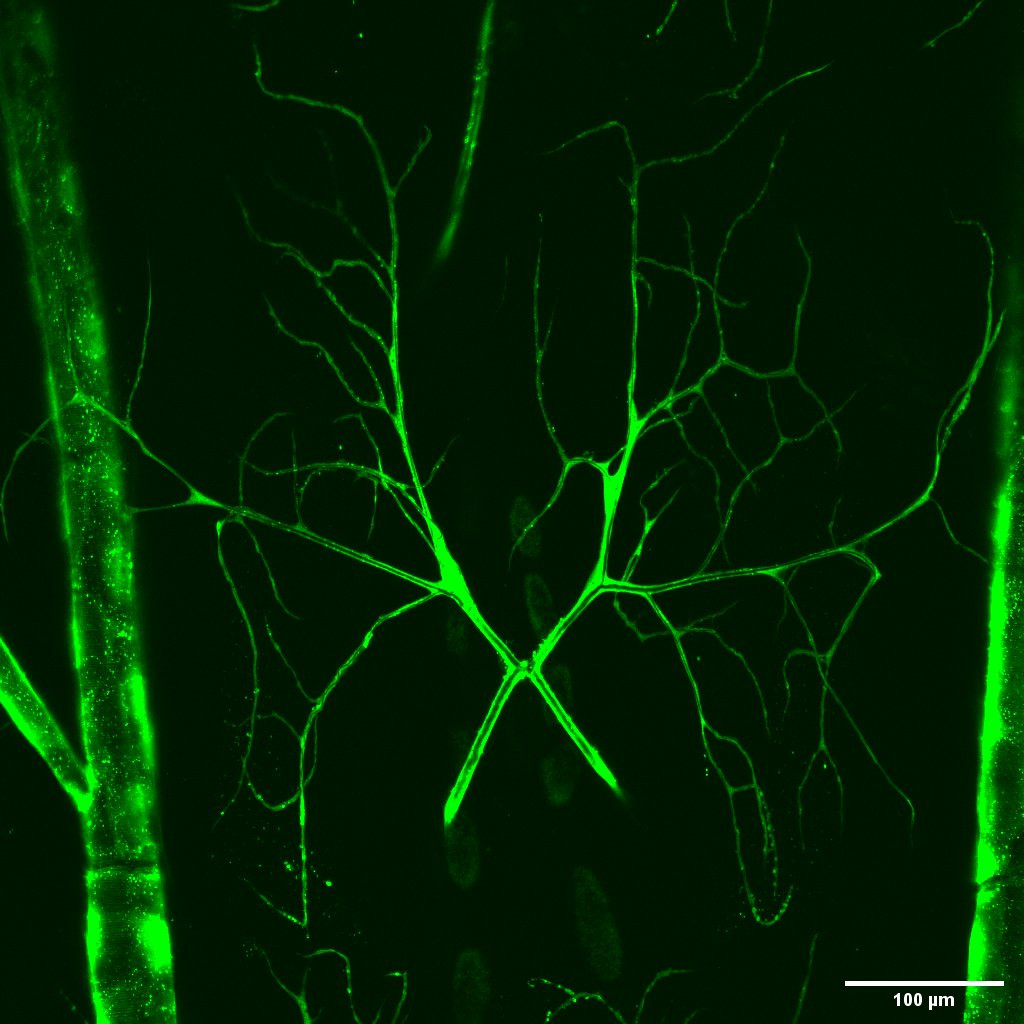It’s a common question that might flit across your mind as you swat away a pesky fly: how do these creatures even breathe? We, as humans, rely on lungs to draw in the air that sustains us, but the insect world operates under a different set of biological rules. So, Does A Fly Have Lungs? The simple answer is no. But the reality is far more fascinating, involving a sophisticated and efficient respiratory system that has allowed insects to thrive for millions of years.
Instead of lungs, flies and other insects possess a unique network known as the tracheal system. This intricate system is a marvel of biological engineering, delivering oxygen directly to the cells throughout a fly’s body. Let’s delve into the workings of this system and understand how flies manage to breathe without lungs.
 A portrait photo of Tatyana Gavrilchenko studying insect respiration.
A portrait photo of Tatyana Gavrilchenko studying insect respiration.
Understanding how insects breathe is not just a matter of satisfying curiosity; it holds significant scientific implications. Researchers like Tatyana Gavrilchenko, a Flatiron Research Fellow at the Center for Computational Biology, are studying the fruit fly trachea to gain insights into fundamental biological distribution networks. This research extends beyond insect physiology, offering valuable knowledge for understanding vascular structures in various organisms and even contributing to the development of artificial organs.
Gavrilchenko’s work at the Flatiron Institute’s Center for Computational Biology (CCB) focuses on modeling these intricate tracheal networks. Her research, initially centered on fruit flies (Drosophila melanogaster), has broader applications in understanding how biological systems transport essential materials.
The Tracheal System: Nature’s Ingenious Design
Unlike mammals who rely on lungs to transfer oxygen to red blood cells and circulate it via blood vessels, insects like flies employ the tracheal system. This system is essentially a complex series of microscopic tubes that permeate the fly’s body, acting as direct conduits for oxygen.
Air enters the tracheal system through external openings called spiracles. These spiracles are located along the thorax and abdomen of the fly and can open and close to regulate air flow and minimize water loss. From the spiracles, air travels into larger tubes called trachea. These trachea are lined with rings of chitin, providing structural support and preventing them from collapsing.
The trachea then branch out into smaller and smaller tubes, eventually leading to very fine tubules known as tracheoles. These tracheoles are incredibly thin, often just a fraction of a micrometer in diameter, and they reach directly to individual cells and tissues throughout the fly’s body. Oxygen diffuses directly from the tracheoles into the cells, eliminating the need for blood to carry oxygen in the same way as in vertebrates. Carbon dioxide, a waste product of respiration, follows the reverse path, moving from the cells into the tracheoles and eventually expelled through the spiracles.
 Microscopic view of terminal tracheal cells in a Drosophila larva, highlighting their branched structure for efficient oxygen delivery.
Microscopic view of terminal tracheal cells in a Drosophila larva, highlighting their branched structure for efficient oxygen delivery.
Modeling the Trachea: Insights from Fruit Flies
Gavrilchenko’s research utilizes fruit flies as a model organism to study the intricacies of tracheal networks. Fruit flies offer a simpler system compared to the complex vasculature of mammals, making them ideal for initial investigations. Her approach involves collaborating with researchers at Princeton University who provide microscopic images of tracheal terminal cells in fruit fly larvae.
These terminal cells, located at the ends of the tracheal network, are crucial for delivering oxygen to the surrounding tissues. They possess a branched, neuron-like structure that maximizes surface area for oxygen exchange. Gavrilchenko and her team abstract these complex cells into simplified networks, focusing on their geometric structure to understand how they grow and function in oxygen delivery.
Why Study Insect Respiration? Broader Implications
Understanding the tracheal system of flies and other insects has implications far beyond entomology. As Gavrilchenko explains, “Our work in fruit flies is a starting point for understanding function in complex mammalian vascular systems.” The relatively simple and compartmentalized system of a fruit fly terminal cell and its associated muscle provides a tractable model for studying oxygen delivery. This knowledge can be extrapolated to understand more complex systems like the vasculature of the mammalian brain.
Furthermore, this research is crucial for advancements in bioengineering, particularly in the development of artificial organs. Creating functional artificial organs requires replicating the intricate networks that deliver oxygen and nutrients, much like the tracheal system in insects or the vascular system in mammals. By studying the design principles of efficient biological distribution networks in flies, scientists can gain valuable insights for engineering artificial vasculature that can support larger, more complex artificial organs.
While creating artificial vasculature remains a significant challenge, research in this area is progressing rapidly. Gavrilchenko believes that the convergence of mathematical modeling and advancements in biocompatible materials will pave the way for significant breakthroughs in the coming decades. Perhaps, in the future, we will see artificial organs with bio-inspired vascular networks, taking cues from the elegant and efficient respiratory system of a seemingly simple fly.
Conclusion: Breathing Without Lungs – Nature’s Diversity
So, while a fly doesn’t have lungs in the way we understand them, its tracheal system is a highly effective solution for respiration. This unique adaptation highlights the incredible diversity of life on Earth and the different strategies organisms have evolved to meet fundamental biological needs. Studying the seemingly simple fly can unlock profound insights into complex biological systems, with implications ranging from understanding our own bodies to engineering life-saving medical technologies. The next time you see a fly, remember that it’s breathing through an extraordinary system, a testament to the ingenuity of nature’s designs.